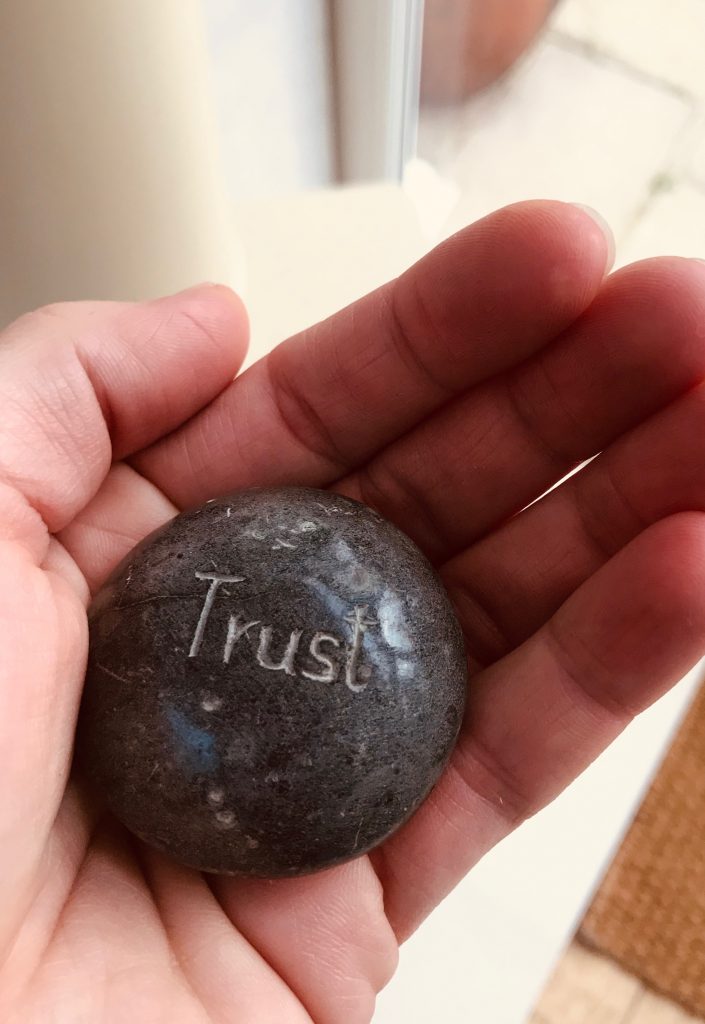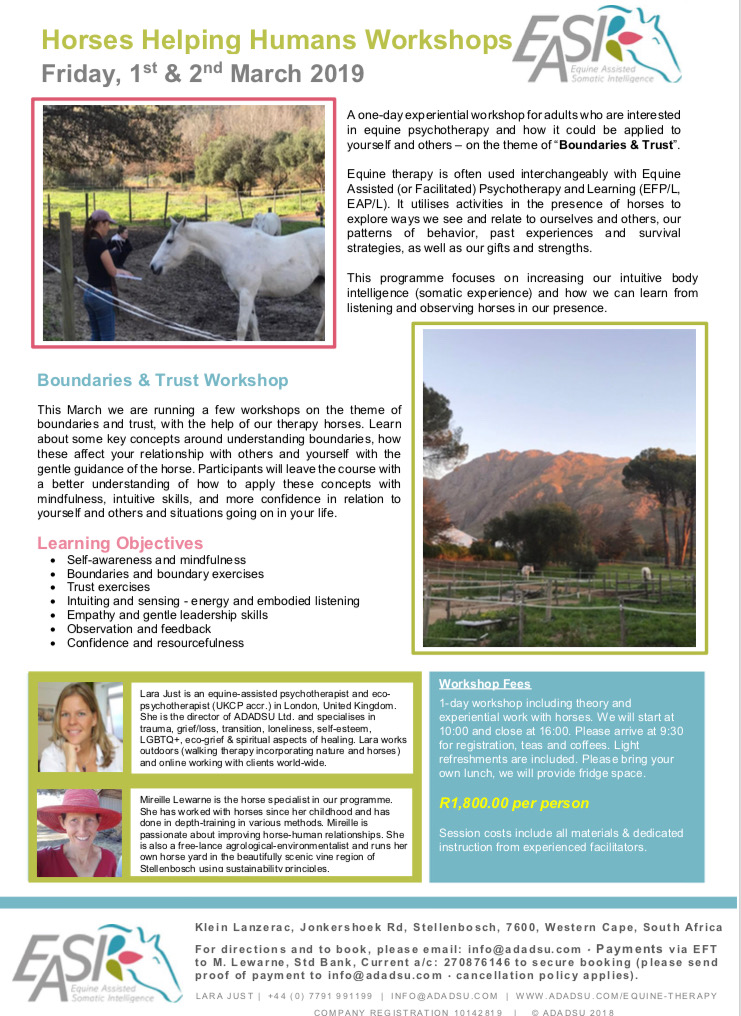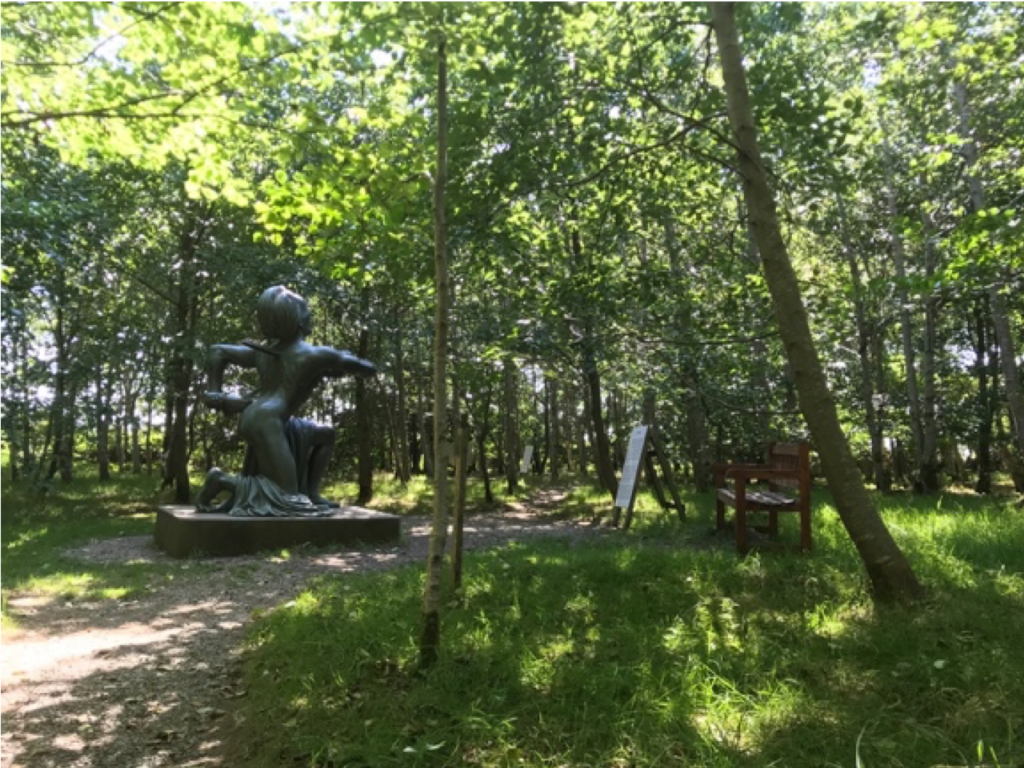By Lara Just, September 2020…
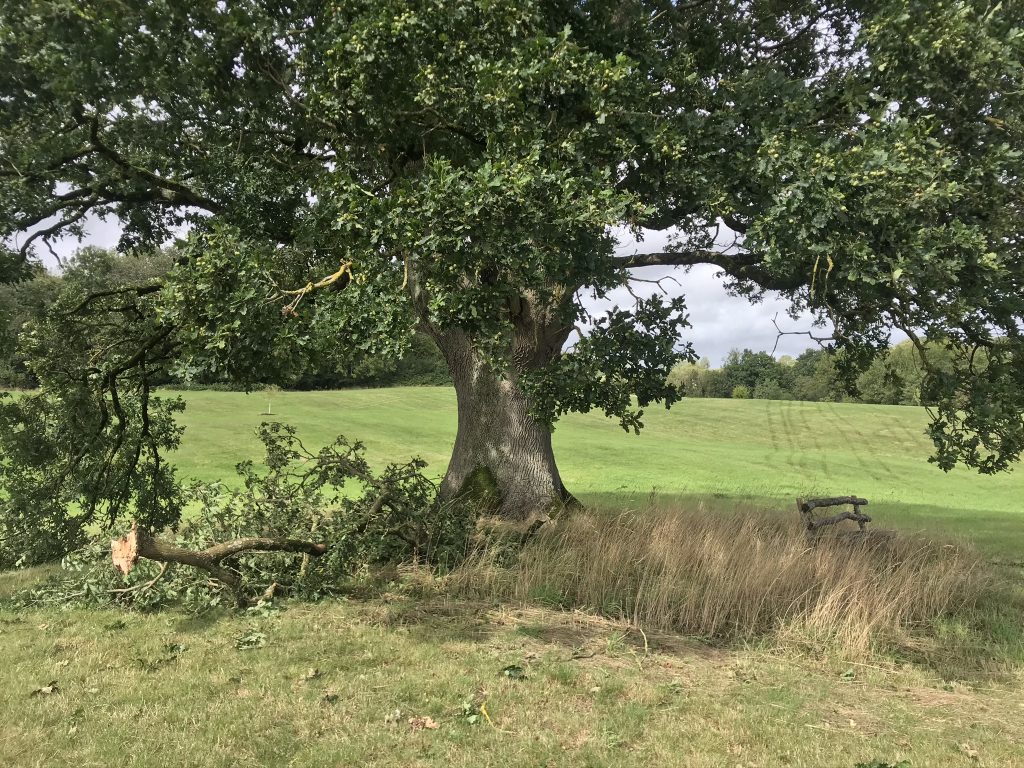
In the previous blog I shared my experience with the dead branch falling off a huge ancient oak tree right before my eyes while I entered the field with my dog on a walk. The symbolism of letting go or shedding something old is important in renewal and change work and very much linked to the process of self-care and therapy. We will explore the concept of ‘Self-Therapy’ more in this article.
Sometimes we do need to let go of the things that no longer serve us. These may be old or unhelpful habits, being stuck in familiar patterns that have the same obsessive thoughts and feelings come up over and over again. This could be patterns or issues in relationships also. Or perhaps we have set some plans that we want to achieve and somehow just never get around to it.
This could be anything from learning to play the piano, sign up to a course, learn a new hobby, or something bigger – change careers, industry, way of lifestyle, relationships etc.
What holds us back is often not the whole of us. There are often driven by conscious or unconscious fears that belong to ‘parts’ of us. These internal ‘parts’, that tend to originate from different ages, will be useful to work with. I will explain more about parts work in another blog. It is part of the ‘self-therapy’ concept as well as our ability to maintain ‘self-care’ for ourselves.
It is good to have a professional helping at times. They can guide us and are unbiased, explore different issues with us so we can find our own answers. (So different to friends and family members, therapists don’t try to tell you what to do or give advice about what you ‘should’ do. That would defeat the object of you finding your own answers that are right for you.)
It is also important to learn some tools so that you can continue with the work, to maintain what you have learnt and to continue to thrive and follow your ‘path’.
‘Self-Therapy’ as a concept isn’t much different to ‘self-care’. Self-therapy sounds perhaps more ‘self-reliant’ in its connotations, in a way that we could do away with any help or support of others, which is actually not quite what it means. Asking for help when we need it is in fact part of self-care.
Learning about different concepts can be helpful, but in a way we need to try to keep an open mind. See what fits and what doesn’t. Then adjust it to what works for you. It is a process of travelling along a self-discovery path, a journey that can brings more self-knowledge, acceptance, healing and change.
Increasing Resilience
Creating increased resilience is part of self-therapy programme. Most of the time, we start by getting back to basics. Part of resilience in its simplest building block is learning breathe properly again through a variety of breathing exercises.
HeartMath® Institute has done many decades of research on the effects of breathing on our levels of resilience, stress hormones and our immune system. They have developed a useful app for your iPhone or iPad (“InnerBalance”, requires an external sensor – please get in touch with me for a discount!). This is a breathing-based training programme with direct biofeedback to help build resilience via changing your heart rate variability. (Read more on HeartMath® on my website here.) This can then be enhanced by using visualisation exercises. It is recommended to practice just once a day for 7 minutes.
Increasing Balance
Other breathing-based exercises like yoga, or swimming, or walking, singing are all good practices that could be alternatives.
Mindfulness-based exercises, like walking slowly in nature, taking everything in through our five senses, noticing, breathing, can be equally effective. But our mind wanders. So perhaps if we put a 10 minute timer on – see if you can focus just on your senses.
Enhancing Self-Expression
Any creative practice can be part of this programme, depending on your skills, talents, desires or dreams. Gardening, wood-work, leather-work, music, writing, drawing/sketching, painting, reading, listening to audio books or music, playing sports or team sports, outdoor hiking, or other exercise – can all create room for more space of mind. As can taking a bath and nourishing yourself with your favourite smell of essential oils.
Creative and Therapeutic Writing: This can be a more targeted, mindful and timed exercise practice. Keeping it up even just for 10 minutes per day in the morning, will soon create different thoughts and noticeable shifts. It can also help us to slow right down, when we hand write, something we don’t often do any more. Most people can touch-type as fast as their thoughts! If you want to learn a little more about this and why writing or journaling could be helpful to unclutter the mind, stabilise our emotions and even take action to follow our dreams, have a look at some of the books mentioned in the latest eNews here (e.g. “The True Secret of Writing” by Natalie Goldberg and “The Artist’s Way” by Julia Cameron). The upcoming weekend workshop retreat is inspired and adapted from these books – have a look here in case you might like to come along!
This will affect a range of things including communication skills, relationship skill, confidence and self-esteem. It is about creating a regular practice. And to also follow a bit of a structured process with support.
The self-therapy programme will bring in ‘prompts’ that can help us write to go a little deeper on working with our ‘parts’ (see the next upcoming blog). If you like to read up more about it, have a look at “Self-Therapy” and “internal family systems” by Jay Early). For example, we may explore some of our ‘inner child’, younger parts, conflicted parts, or think back to both positive or difficult memories, or call up dreams from the past and the future.
Hitting the Wall
The next step is usually that we will hit resistance.
We will never feel we have enough time. It may seem too much to set our alarm in the morning a little earlier. Then do some yoga, or read, or write, or sit or do any of the above mentioned exercises. These are ‘parts’ piping up that resist for various reasons. It is helpful to then explore these to help us through this impasse.
We can choose to take some time out, even just a short time. This can just be 10 minutes to start with in the morning.
That’s all.
It will come naturally later, once we start sticking to it that it may feel important and pleasurable to extend this time a little more. Little steps at a time.
The Challenge
For now, the only challenge I like to leave you with for this week, is:
Find ONE single realistic exercise from this list (something that you ‘love’ – or add another!). Something you could practice once a day for the next week – for just 10 Minutes:
- Breathing or Sitting Meditation
- Guided Visualisations (many are free available, e.g. sound cloud)
- Writing / Journaling (free-flow)
- Yoga, Walking, Running, Stretching – being outside for this
- Standing still, observing the colours, breathing, smelling, being
- Listening to a special piece of music
- Choosing to read in a book of your choice
- Paint or draw, sketch or make something
- Gardening, making something, collecting something from the woods
- Cooking something different for fun and pleasure and colour, not for need or must
- Taking yourself on a date – go somewhere different or nice, even if it’s still only 10 mins (or more if you choose)
- Take a bath, light candles, go for a swim
Choose one from this list for each day of the week.
Start with only 10 minutes of that exercise. It really doesn’t have to be more.
Then write down in a journal what you noticed during that, 5 minutes is enough. Just write about your experience (was it easy, hard, what came up…).
Chose a little paper journal, even just one of those cheap ones, just to keep the notes together to view easily. It is important to use your physical body – writing with a pen and hand – rather than digital notes in your phone. The days you miss, still record that day in your journal by marking it with ‘skipped’ or similar.
Review after a week. What did you notice in your writing? What did it feel like to give yourself some time for a practice that you enjoy? The following week try again. Keep the same timing. If you are starting to enjoy it or it went really well, you can extend it to 10 mins more. Try to stick though to short chunks and not prolong it yet.
See you how it goes. Do feel free to write to me with any comments.
As mentioned above, part of this will be included in the upcoming “Creative Writing and Self-Therapy” weekend retreat on the 2nd – 4th October. Do check it out on my events page or find the PDF flyer here.
If you like to come along to get a more intensive and deeper experience of what I have talked about here, do get in touch!
Looking forward to seeing some of you there!


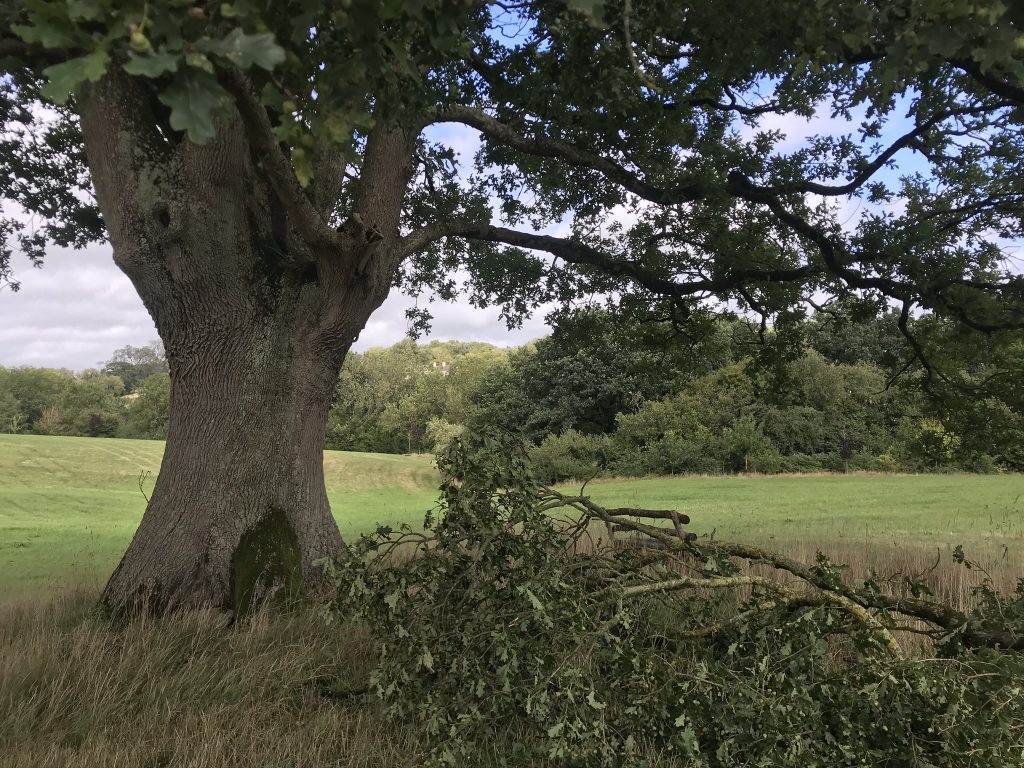
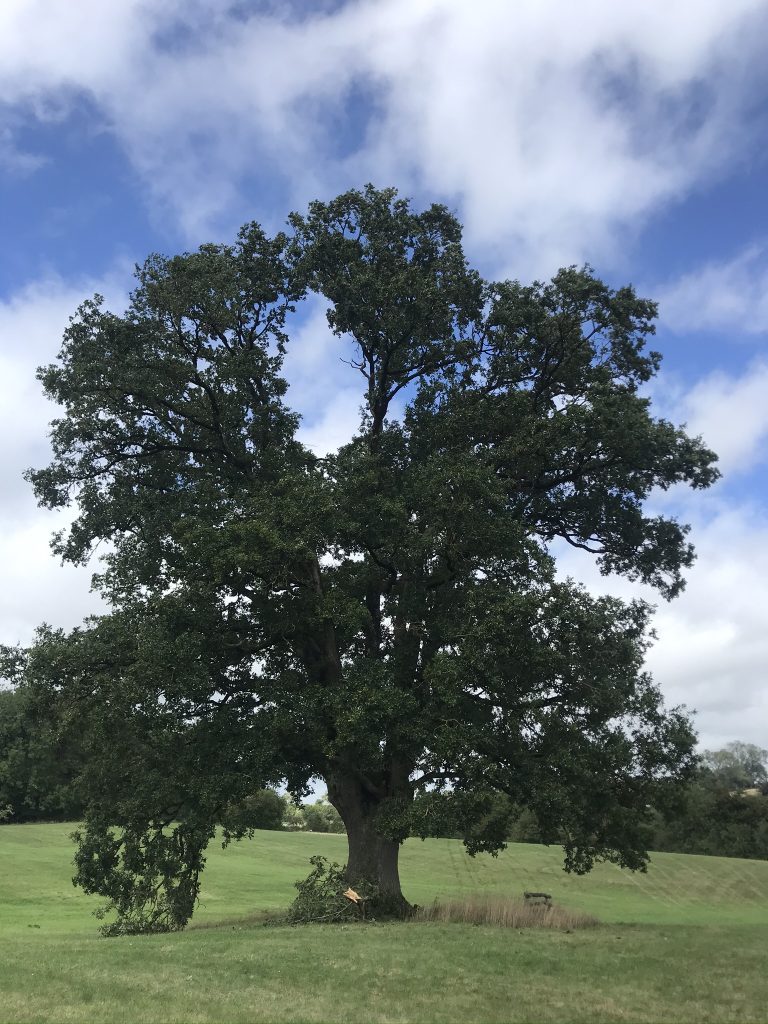
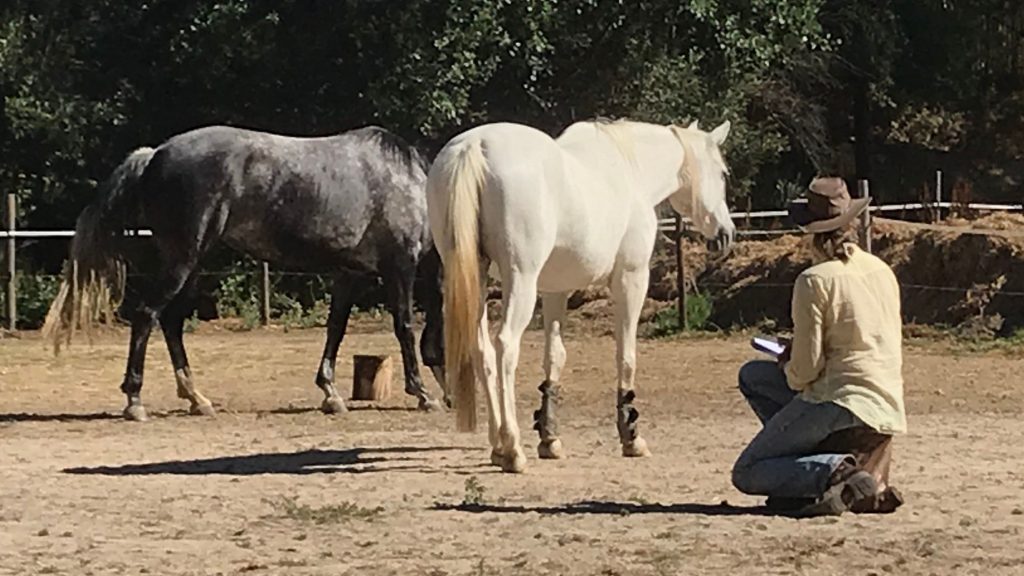
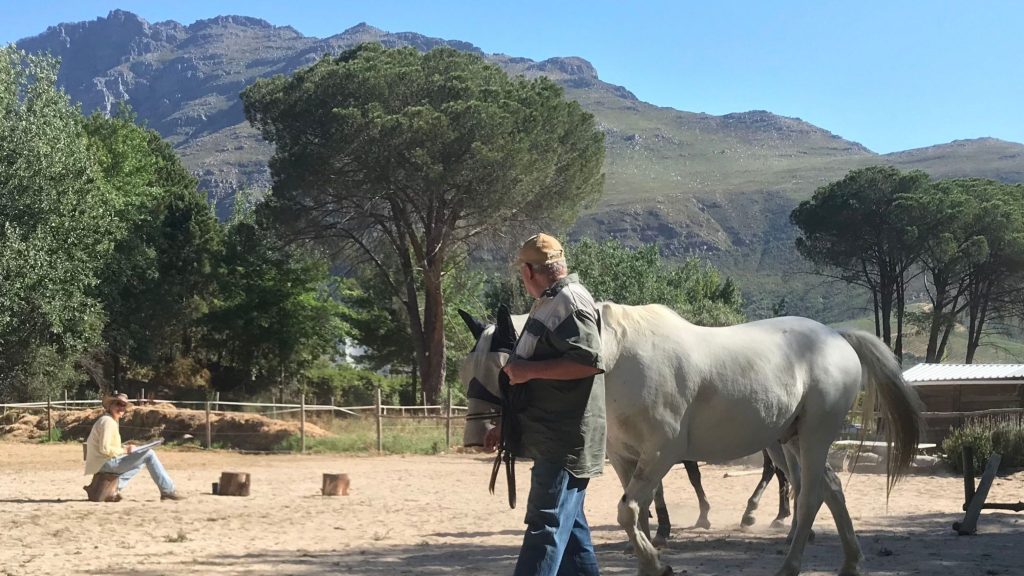
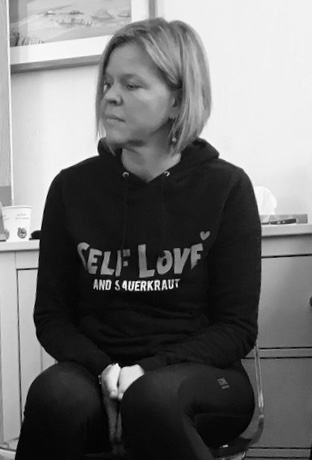 Self Love…
Self Love…
